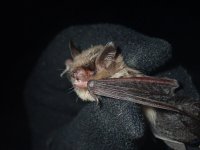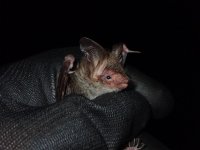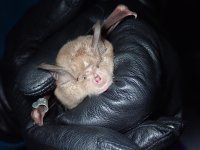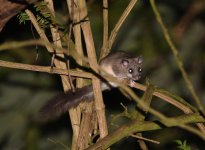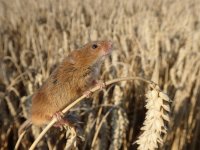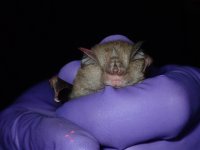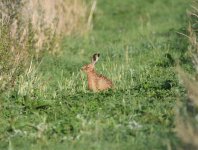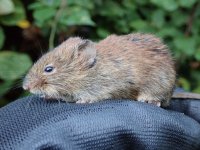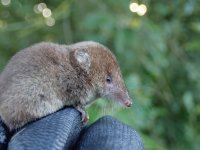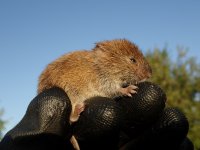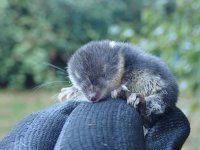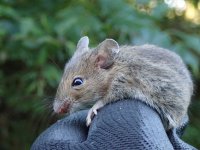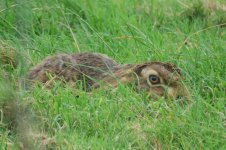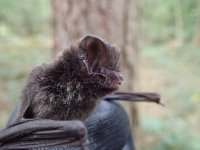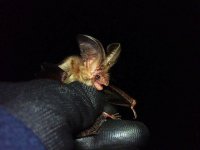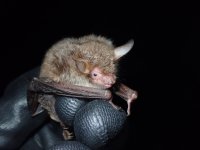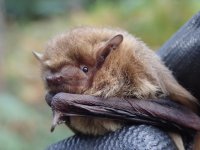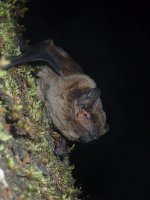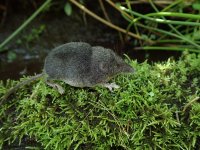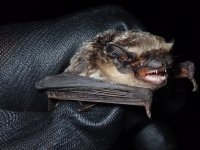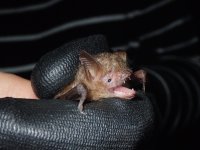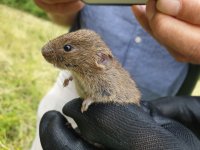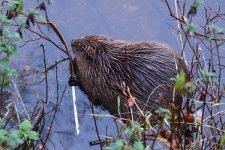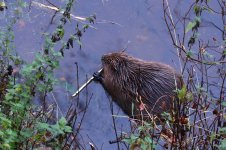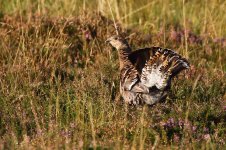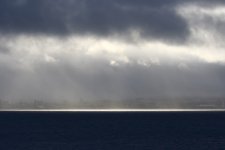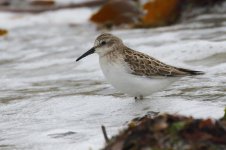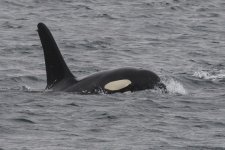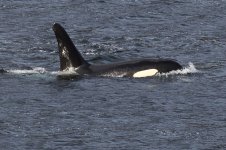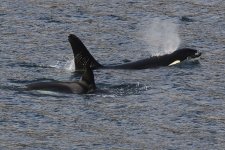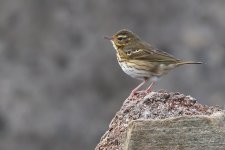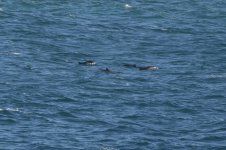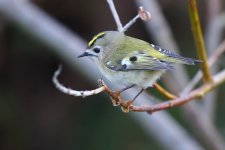Its a long time since I've done my own proper update but truth to tell I've paid so much attention to Odonata this year that I haven't chased many mammals.
However, some highlights to catch up a bit:
1 June I dropped into Woodwalton Fen ( not literally) and saw a couple of Chinese Water Deer despite it being the middle of a very hot day.
2nd I was in the New Forest after Odonata again, with Clare Dell, and we had Fallow Deer at Latchmore Brook and Bolderwood adding up to about 160 animals in all! There were some black ones in among the bunch at Latchmore Brook and a couple of white ones at Bolderwood, with several pale "menil" individuals at both sites.
I've seen Muntjac in the grounds at work on several occasions this summer: the buck only has one antler, and it appears the other one doesn't grow, its not broken off and last year's notebook records the same deficiency. Which also confirms it's the same buck.
16 July I was on Canvey Island after Southern Migrant Hawkers among other Odonata, and was lucky enough to have a Harvest Mouse run across the path right in front of my feet - a brief but excellent view!
We have had to deal with a Brown Rat infestation along the street this summer courtesy of an old couple, the chap of which is not as sharp as he once was and overfeeds the birds to a ridiculous extent. Maz went a bit crazy when no less than seven were feeding on the newly weeded shingle in our back garden. All available measures were deployed: lethal traps, poison boxes and I invested in an air rifle (every bloke should have an air rifle anyway). Other houses also put poison down in careful, wildlife-friendly (except towards rats, obviously) ways and the situation is now restored to rat-free. This is not the first time we've been through this, and like 007 I can report that the second time is easier.
7 August saw me at Hedgerley Tip for Southern Emerald Damselfly and I had a bonus close encounter with a Roebuck who stood stock still for photos before retreating calmly the way he had come.
24 August I had a massive day out with Steve and Clare, in the course of which we had 2 Grey Seals off Portland Bill and a Field Vole that bolted from the roadside verge into a field across the tarmac path on the far side of the road from Portland Obs before heading off North to Somerset for more Odonata. In the evening/night we finished with a private stakeout for Hazel Dormouse. They didn't really perform but one did visit briefly: no photos and I think only I saw it. Only I also saw a Wood Mouse just beyond the garden wall, though we all got views of the Common Toad that lives in a hole at the bottom of it. The Woodie was a year tick which is ridiculous but indicates how little time I've allocated to mammals this year.
26 August I had a wonder along the Basingstoke Canal from Crookham Wharf and a Bank Vole gave me some decent views and photo opportunities.
13 September I visited Steve in the evening to stake out his regular Hedgehog, which duly turned up but unusually didn't co-operate with photography - normally, I am told, it is quite unbothered by the attention. I did get one decent shot and had a very pleasant evening with my friends.
A couple of times this summer I've seen a Weasel at Moor Green Lakes, but on neither occasion have I managed a photo. Great to see though!
The foxes at home have been very consistent - we have had a vixen change-over, haven't seen White Tip for months so sadly I think she has come to the end of her time. The new vixen, Rip (for a hole in her right ear that I think was probably done by Psycho: Big Whitey has also acquired one) is tiny even by vixen standards, she seems only about half the size of the boys. Whitey's rear left leg is still duff and I guess always will be.
A bit of mulling over led me to a hypothesis about foxes and road traffic accidents. I've had three different foxes with a duff rear leg now and its always the left one. A possible explanation for this would be that we drive on the left, so if a fox is looking to cross the road and a car is coming on the same side as it, it will be coming from the right and the fox will clear its lane in the first half of crossing the road. This is a relatively easy judgement call and an averagely bright and fit fox will get it right or have the speed to be past the danger zone very quickly.
If, however, the car is coming from the left it will be in the more distant lane and the fox will have to cross the whole road before being safe from it. This is a more difficult judgement call and the danger period is later in the crossing, so it is more likely for the fox to get clipped, and if it survives (itself not a given) damage is most likely to be in the rear left quarter. Ergo, foxes surviving an RTA are most likely to have any disability in the rear left leg. Constructive criticism of the premise welcome.... in particular it would be interesting to hear whether people observing foxes where humans drive on the right find the reverse, that hobbling foxes mostly have a duff rear right leg.
It's obvious Mark has had a good mammal summer albeit quite a nocturnal one, hope everyone else is doing well also.
Cheers
John





